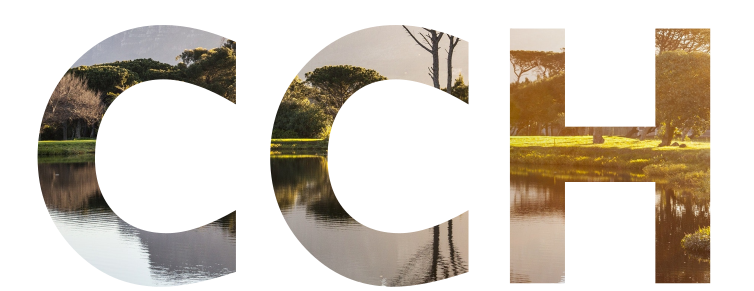|
We actively develop software and tools within CC Hydrodynamics, as this allows us to offer world class products with both speed and efficiency. We believe that automation of consultation services is both inevitable and a good thing for the wider industry, and have numerous market offerings which can improve the delivery and quality of traditional engineering consultancy services.
|
Some of our Technologies:
|
|
CCH Compensation Storage is a tool and service in development which can significantly reduce the cost of development for flood compensation storage schemes. Traditionally these excavation plans require considerable manual effort by engineers, however we have automated the development of these and produced a mathematical and computational algorithm which will look at all feasible options on a given site and provide the optimal scheme design. In 2019 we are charging by compensation storage requirements, rather than human time.
|
|
|
This video demonstrates our current GPU Modelling Capabilities when using large domain hydraulic models, in this case particularly focusing on Dam Break Assessments. This video shows the speed up offered by use of up to date GPUs and how the latest series offered by NVIDIA (Volta and Turing) are significantly faster than previous and more conventional GPUs such as the Kepler, Maxwell and Pascal series. Our GPUs can be rented by the hour for your project.
|
|
|
This video shows an example study for Tailings Dam Break Assessments, focusing on the recent Brumadinho disaster in Brazil. We developed and ran the models rapidly (within 1 week of the event occurring) to demonstrate the effectiveness of both our Rapid Model Development Toolkit and also our GPU Modelling Capabilities. This model was also informed using detailed multi-band satellite imagery.
|
|
|
This video shows an example study for a Reservoir Contaminant Hydrodynamic Model. This is important for owners who need to understand the mixing dynamics of their assets. We can rapidly build models such as this using our own Rapid Model Development Toolkit, and run the models quickly using our GPU Modelling Capabilities.
|
|
|
This case study of the Hokkaido Landslides (from September 2018) demonstrates our ability to model debris and landslides using non-Newtonian fluid mechanics. These models were produced used our Rapid Model Development Toolkit, enabling us to produce models quickly and efficiently, and we showed this at the MIKE by DHI User Symposium only 2 weeks after the event occurred. We also ran this using our GPU Modelling Capabilities, enabling many (hundreds) of numerical models to be undertaken in a short project timescale.
|

